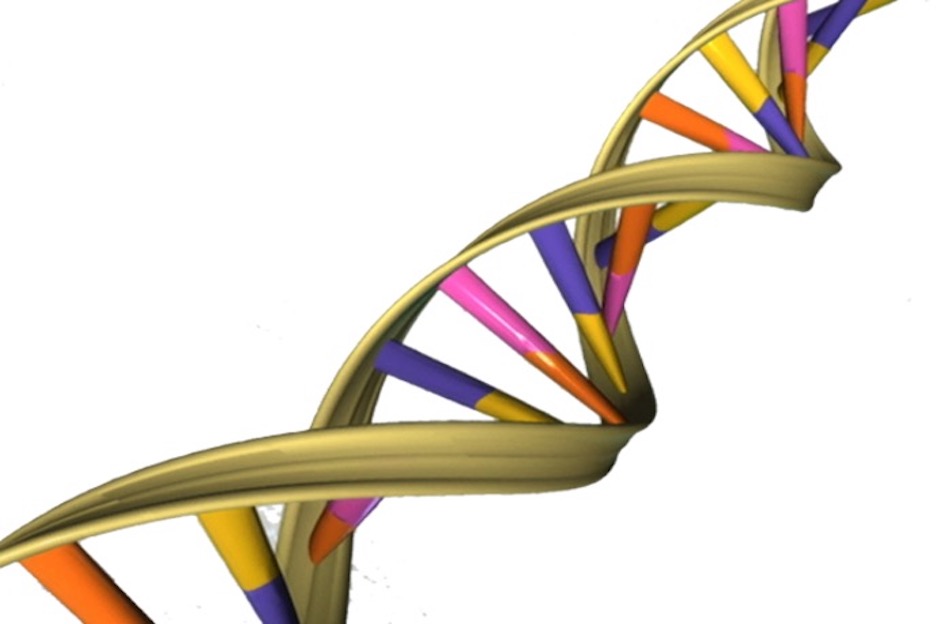UV-Vis Spectroscopy: A Step in the Light Direction
Executive Board Advisor: Nishi Jain Co-Authors: Daniela Galvez-Cepeda, Katherine Faulkner, Sonia Fung, Alexandra McOsker, Sarah Matatov, Arooba Ahmed, Lina Lew, Maria Clara Trajano, Sreya Roy, Carolina Guerrero, Anahita Kodali, Maeen Arslan, Aadhishre Kasat Figure 1: UV Spectroscopy is a powerful tool that’s emerging in a wide array of academic labs to characterize molecules, chemical compounds, …
UV-Vis Spectroscopy: A Step in the Light Direction Read More »










